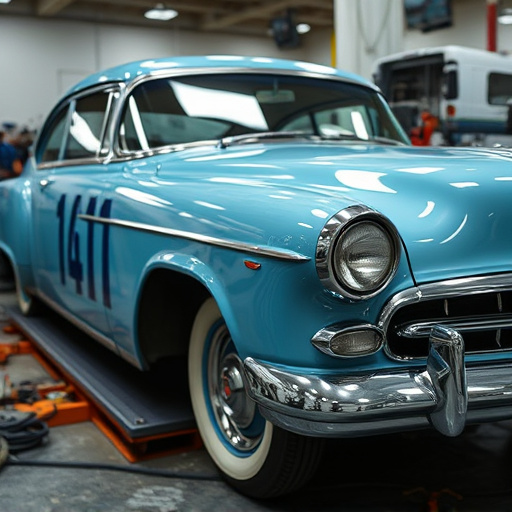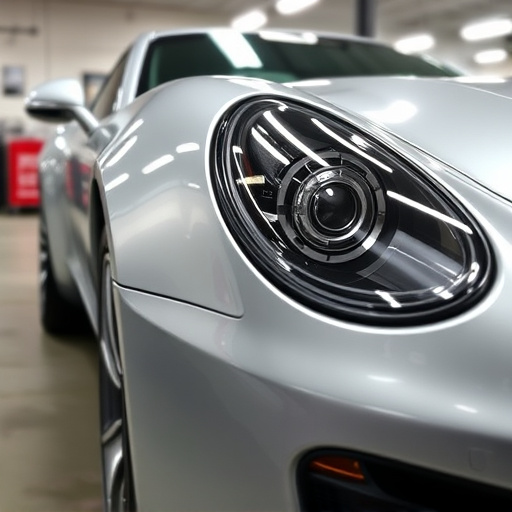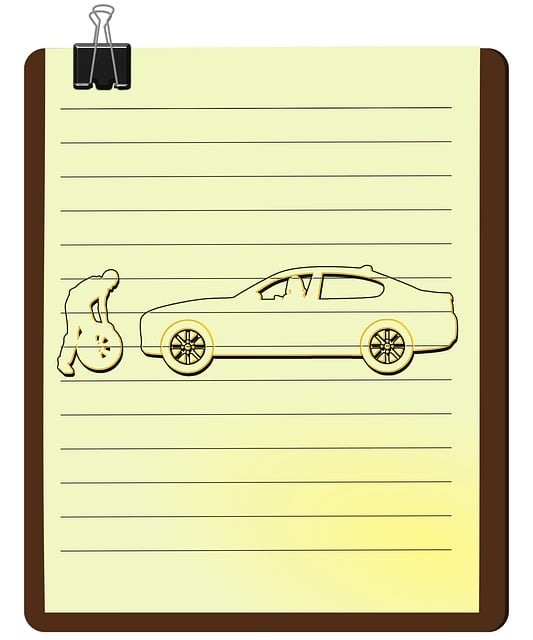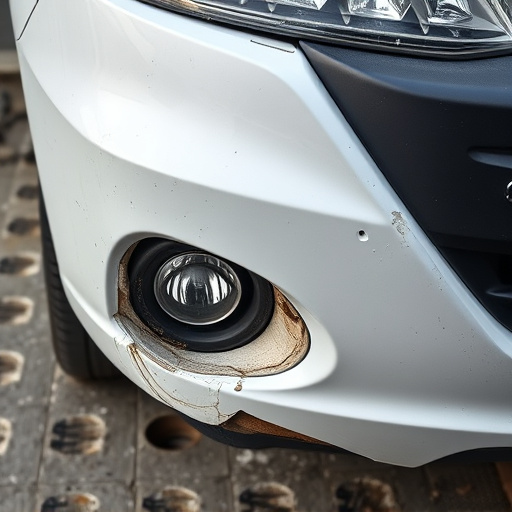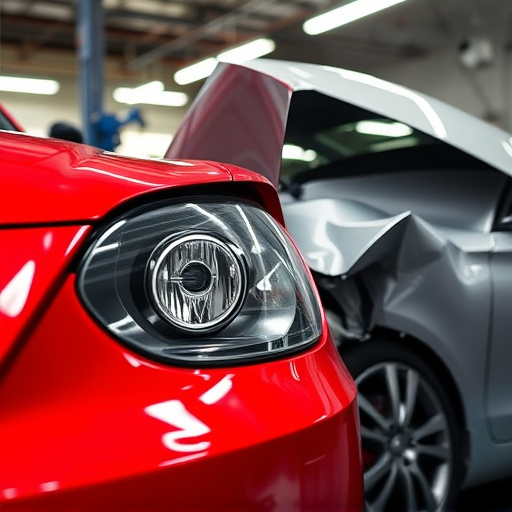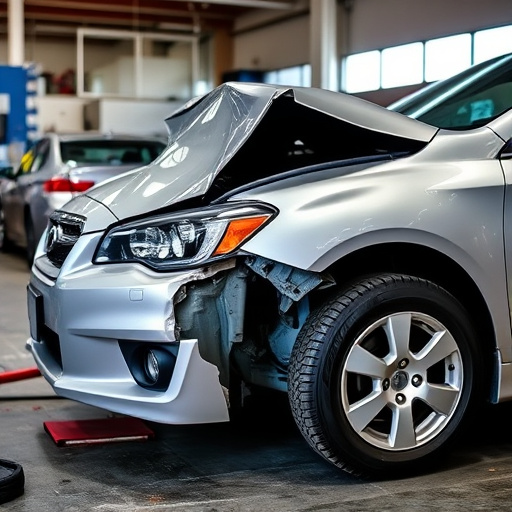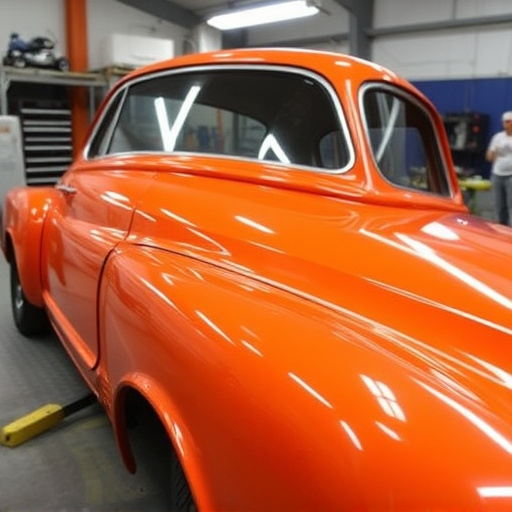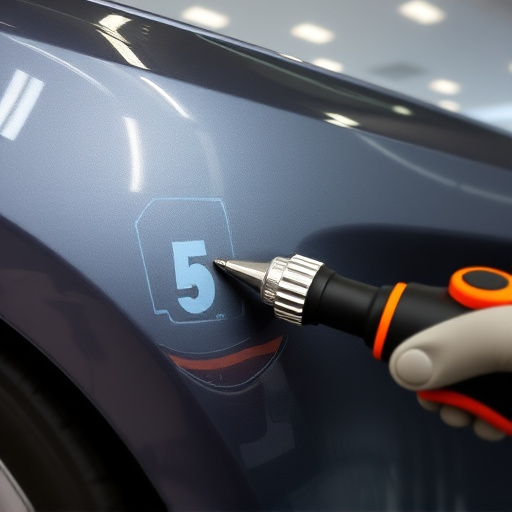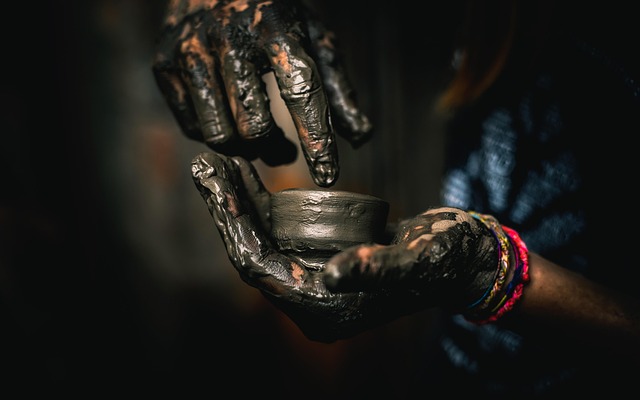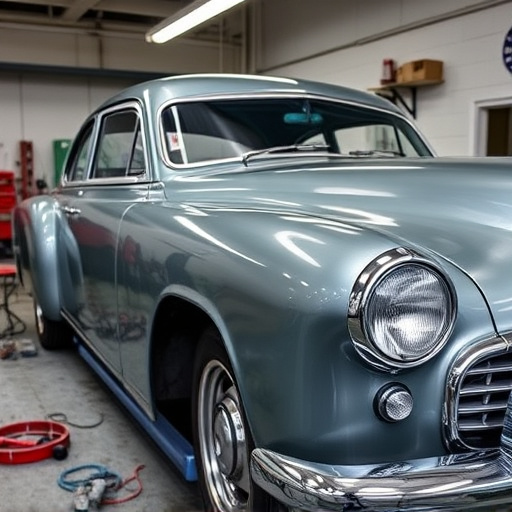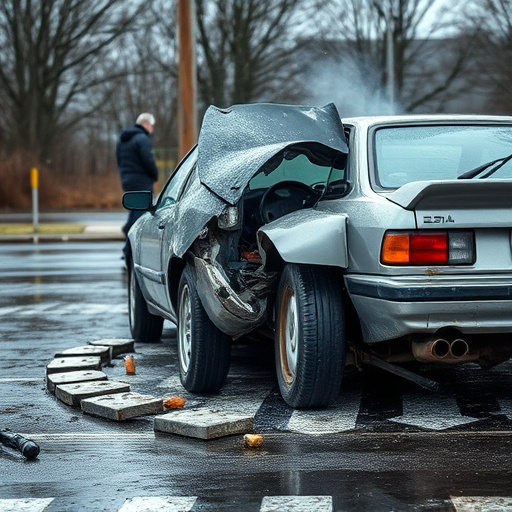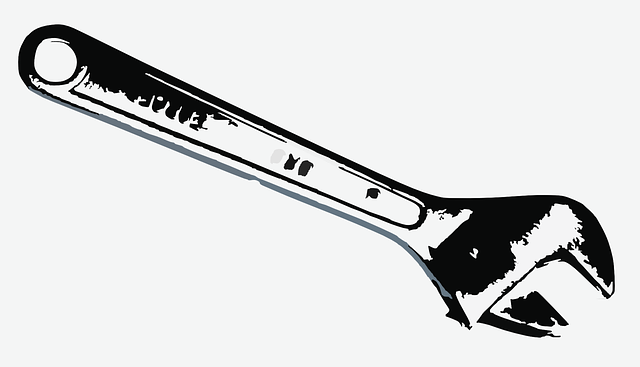Turnaround times in auto body cosmetic repair vary greatly based on damage severity, car complexity, part availability, and technician skill. Simple repairs take hours, while complex work can last days. Strategic planning, modern equipment, and digital tools streamline processes, reducing times, enhancing quality, and improving customer satisfaction.
Auto body cosmetic repair is a meticulous process that transforms damaged vehicle exteriors. Understanding how long this process takes is crucial for informed decision-making. This article delves into the intricate steps of auto body cosmetic repair, exploring factors like panel complexity, damage extent, and shop capacity that influence completion times. By grasping these variables, you can optimize turnaround, ensuring efficient and effective service for your vehicle’s cosmetic needs.
- Understanding the Repair Process and Its Variables
- Factors Affecting Completion Time
- Optimizing Turnaround for Efficient Service
Understanding the Repair Process and Its Variables
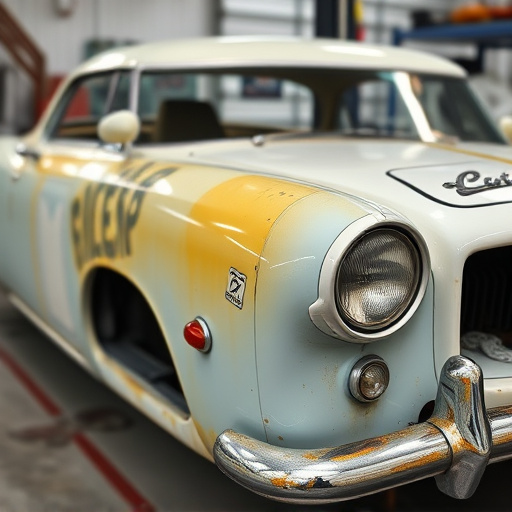
Understanding the repair process is key to knowing how long auto body cosmetic repairs will take. Auto body cosmetic repair encompasses a range of services from minor dents and scratches to more extensive damage. The time it takes for each varies greatly depending on several factors, such as the severity of the damage, the size and complexity of the area to be repaired, and the techniques used by the auto body shop or collision center. For instance, simple car dent removal might take just a few hours, while more intricate work could extend the process to several days.
Additionally, the availability of parts plays a significant role in the timeline. Some specialized or custom parts may require additional time for ordering and delivery. Moreover, the expertise of the technicians assigned to the job influences efficiency. Established auto body shops often have experienced teams capable of completing repairs faster than newer facilities with less seasoned professionals. Therefore, when considering an auto body cosmetic repair, it’s beneficial to inquire about these variables to better estimate the timeline for getting your vehicle back in top condition.
Factors Affecting Completion Time
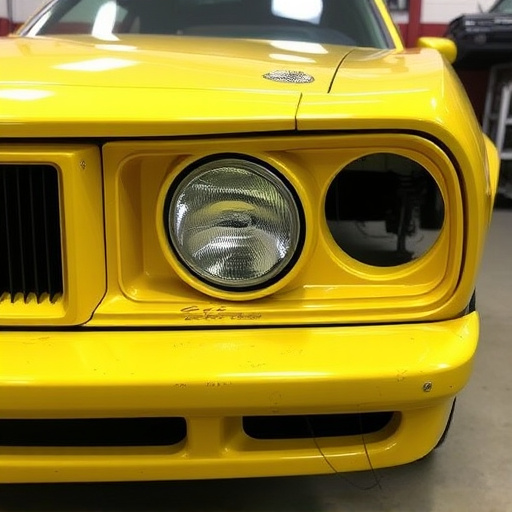
The completion time for auto body cosmetic repair can vary significantly based on several factors. One of the primary considerations is the extent of damage to be repaired. Simple tasks such as touching up a few scratches or chips might take just a few hours, while more complex jobs involving panel replacement, extensive paintwork, or structural repairs can easily stretch over a week or more.
Other influencing factors include the size and complexity of the car, availability of parts, shop capacity, and even the skill level of the technicians handling the job. For instance, fleet repair services often have dedicated teams specializing in quick turnaround times for multiple vehicles, whereas individual car restoration projects may require more meticulous attention to detail, leading to longer completion periods. Additionally, factors like weather conditions and quality of auto painting materials can also impact the timeline.
Optimizing Turnaround for Efficient Service
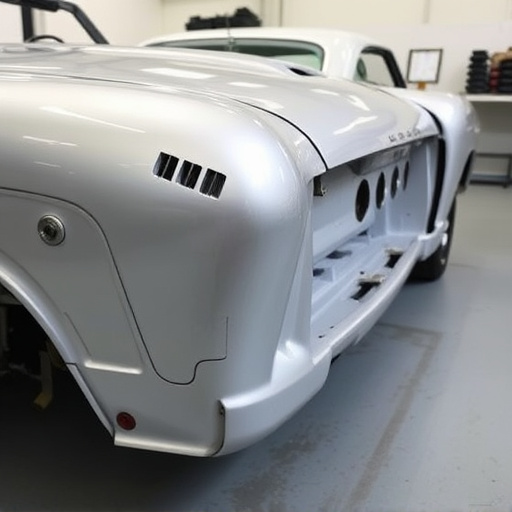
In the realm of auto body cosmetic repair, optimizing turnaround time is key to efficient service. Vehicle body shops that streamline their processes can significantly reduce wait times for customers, enhancing overall satisfaction. This involves a strategic approach where each step of the repair process—from initial assessment and estimating to actual repairs and final inspection—is meticulously planned and executed. By utilizing modern equipment, employing skilled technicians, and maintaining an organized workspace, automotive body work shops can efficiently tackle even complex hail damage repair tasks.
Moreover, integrating digital technologies plays a pivotal role in optimizing turnaround. Digital estimating tools, for instance, enable faster and more accurate cost calculations, while computer-aided design (CAD) software aids in precise panel replacement. These innovations not only expedite repairs but also contribute to the overall quality of auto body cosmetic repair, ensuring vehicles leave the shop looking as good as new. Efficient processes translate into happier customers and a competitive edge for vehicle body shops.
Auto body cosmetic repair turnaround times can vary significantly depending on several factors, including damage severity, parts availability, and shop workload. By understanding these variables, individuals can optimize their service experience. Efficient shops prioritize streamlining processes, maintain well-stocked parts, and offer transparent communication to ensure timely repairs, enhancing customer satisfaction with quality auto body cosmetic work.

